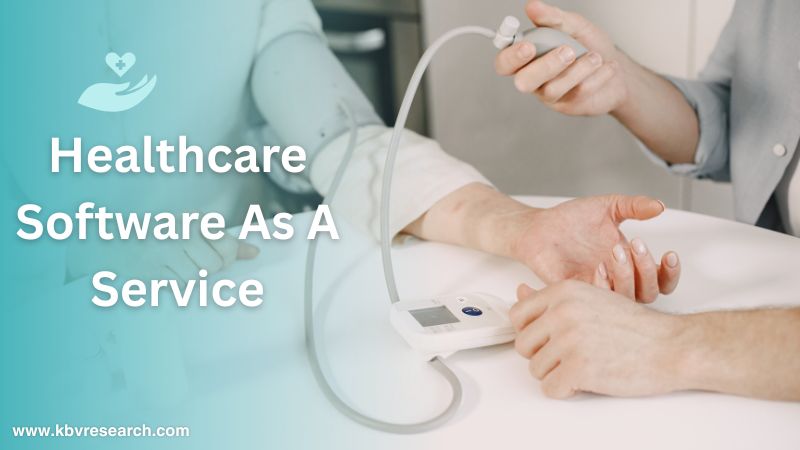
In today’s data-driven healthcare ecosystem, Healthcare Software as a Service (SaaS) is not just a convenience—it’s a catalyst transforming the industry.
Did you know? healthcare organizations globally are now using cloud-based SaaS platforms—but still struggle with interoperability and security issues. That gap is costing billions in avoidable errors and delays.
From streamlining workflows to enabling CMS telehealth and electronic health record (EHR) systems, the impact of SaaS is profound.
Let’s dive into why this market is booming, what’s holding it back, and who the big players are driving the future.
At its core, Healthcare Software As A Service refers to cloud-hosted applications that deliver scalable solutions over the internet.
Think of it like Netflix for healthcare data—on-demand, always available, and customized for each provider's needs.This model eliminates the need for bulky in-house infrastructure.Instead, everything from EHR systems to telehealth consultations runs seamlessly through a browser.
The global Healthcare SaaS market is projected to $84.35 billion by 2031, rising at a market growth of 19.1% CAGR during the forecast period.
That’s not just steady growth—it’s a rocket ship.
Why the surge?
A few reasons stand out:
The transition to cloud-based systems also opens the door to AI-powered diagnostics, real-time analytics, and remote patient monitoring, all of which are reshaping how care is delivered.
What’s Fueling the Fire—and What’s Holding It Back?
SaaS solutions eliminate the need for costly hardware upgrades and IT staff, making it an attractive option for small to mid-size providers.
Governments are pushing digitization. The U.S. CMS, for example, mandates electronic prescribing and has loosened rules around CMS telehealth since COVID-19.
The rise of telemedicine has made it essential to have cloud-based platforms that can scale and support patients from anywhere.
HIPAA violations and data breaches are top concerns. Not all vendors provide airtight solutions.
Legacy systems often don’t play nice with modern SaaS platforms, causing integration nightmares.
In rural areas or regions with poor internet infrastructure, cloud-based tools can be hard to use consistently.
Large hospitals use SaaS-based EHR systems to unify patient records across departments, cutting down redundant tests and speeding up treatment.
Independent clinics benefit from affordable platforms that support billing, scheduling, and patient portals—all without needing an IT department.
Companies like Teladoc and Amwell rely heavily on cloud platforms to conduct HIPAA-compliant video visits and maintain patient data securely in real time.
SaaS-based mental health tools now offer AI-powered cognitive behavioral therapy, showing how digital platforms can personalize care.
Its Azure Healthcare APIs and Cloud for Healthcare suite offer seamless integration of EHRs, patient engagement tools, and compliance management—all on a scalable platform.
Salesforce Health Cloud empowers providers with a 360-degree patient view, automating care plans and improving communication across teams.
Think Adobe is just PDFs and Photoshop? Adobe Experience Cloud for Healthcare is enhancing personalized patient communication through AI-powered analytics and data segmentation.
SAP’s industry cloud for healthcare delivers real-time insights into clinical and financial data, enabling providers to optimize operations without compromising patient care.It’s like having a business analyst and a doctor rolled into one software.
If Healthcare SaaS were a championship, Oracle just bought a front-row seat and the MVP.
Trends to Watch in the Next 5 Years:
IntegrationFrom predictive analytics to intelligent automation, AI will continue to enhance cloud platforms.
With blockchain and edge computing, expect to see more secure and distributed data handling.
Patients will gain more control over their records—choosing where and how their data is shared.
Healthcare professionals will soon customize software without needing to write code, increasing flexibility and adoption.
Healthcare Software as a Service is more than a tech trend—it’s a seismic shift in how care is delivered, documented, and managed.
From EHR systems and CMS telehealth to AI diagnostics and wearable integration, the benefits are transforming the patient-provider dynamic in real time.
Yes, there are challenges—security, training, change management—but the advantages far outweigh the obstacles.If you’re in healthcare and not exploring SaaS, you’re already behind.